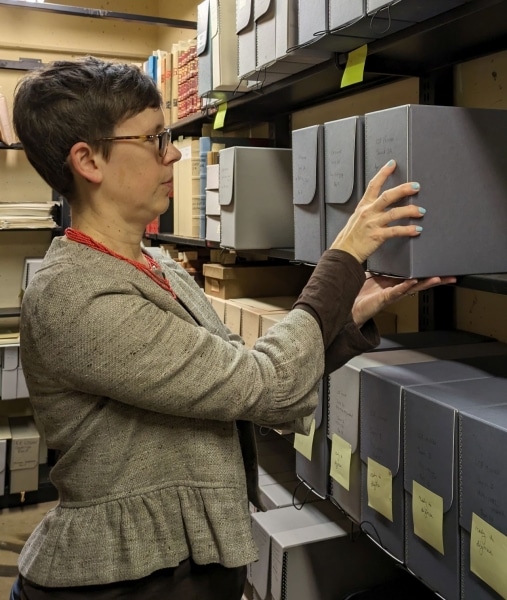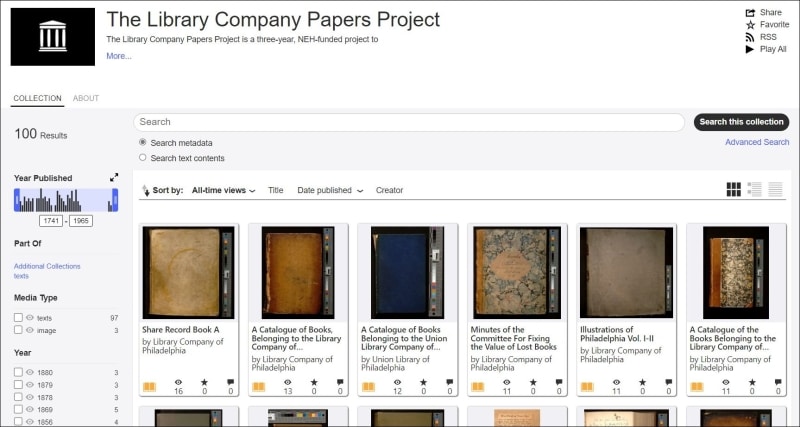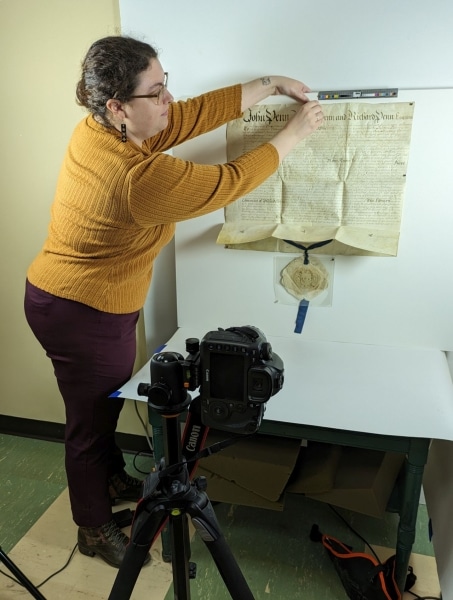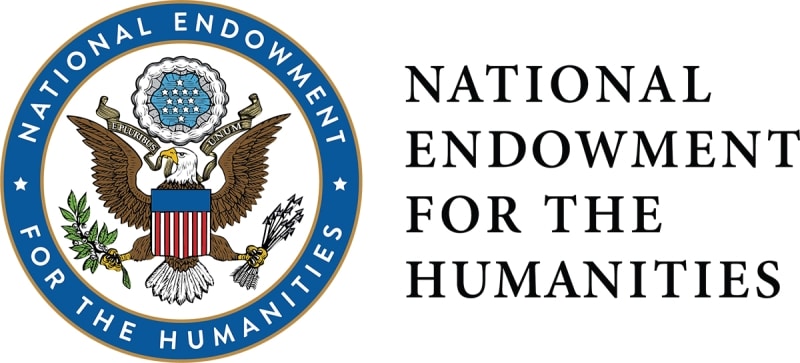Updates from the Library Company Papers Project
Dana Dorman, Archivist, Library Company Papers Project
This month marks my one-year anniversary as project archivist for the Library Company Papers Project, and we’ve already accomplished so much over the last twelve months.
As you may recall, the Library Company Papers Project is a three-year, NEH-funded project to review, process, and digitize institutional records from the library’s founding in 1731 through 1881. LCP Curator of Printed Books Rachel D’Agostino serves as the Project Director, and Abigail Guidry is the project’s Scanning and Metadata Technician. We also are working with the support of other colleagues at the Library Company, as well as with members of an external Advisory Committee who add subject and technical expertise to our work.
One of my first tasks on the project was to conduct an initial survey of the collection. I reviewed the materials already identified as being part of our institutional archives, but I also scoured our online catalog, our physical card catalogs, and various stacks and storage areas to look for other items that should be incorporated into the collection.
Next, I created a draft processing plan for the collection. This is essentially a written outline of what an archivist is going to do and why, so that other stakeholders can weigh in on those decisions.
Once the Papers Project team reviewed and approved the processing plan in May 2023, I could get to work.

Image: Archivist Dana Dorman shelves newly processed boxes of Library Company institutional archives in the stacks. Image courtesy of Abigail Guidry.
Because we knew that we wanted to begin digitization quickly, I focused first on processing bound volumes.
I identified 200 volumes that fit within our project’s time period – 1731 through 1881. In a few cases, I moved volumes from our rare book collection into the institutional archives, like when I consolidated all copies of our published catalogs into the archives. In other cases, I found volumes that made more sense to move out to the Library Company’s general collection instead.
My colleague Abigail joined the team in August 2023, and she was able to jump right in and begin digitizing bound volumes and creating detailed metadata about the images.
She has now begun uploading these images to the Internet Archive, so researchers can already browse early share records, minutes from the board of directors, assorted financial records, and much more. In future months, Abigail plans to add these images to the Library Company’s Digital Library as well.

Image: Bound volumes in the Library Company’s institutional archives are now freely available on the Internet Archive at https://archive.org/details/lcppapersproject.
Meanwhile, I turned my attention to the loose documents in our institutional archives. As I process them, I rehouse items into standard archival folders and boxes, perform minor cleaning tasks as needed, and pull out items that need more attention from our Conservation team.
My processing work also includes arranging the materials into archival “series,” where materials are grouped by topic or function, and then describing these materials in a finding aid for researchers. Abigail will digitize the items, create all the relevant metadata for the files, and post them online.

Image: Scanning and Metadata Technician Abigail Guidry prepares to digitize an oversized document in the Library Company’s institutional archives. Photo courtesy of Dana Dorman.
I expect my processing work will wrap up later this spring, and we plan to share the full finding aid for the collection by the end of the summer.
We’ll keep you posted as the project continues in the months ahead.

Any views, findings, conclusions, or recommendations expressed in this blog post do not necessarily represent those of the National Endowment for the Humanities.


